The Hidden Costs of Hybrid Cloud Dependence | Protected Harbor

THE HIDDEN COSTS OF HYBRID CLOUD
DEPENDENCE
Why “Mixing Cloud + On-Prem” Isn’t the Strategy You Think It Is — And How Protected Cloud Smart Hosting Fixes It
Hybrid cloud has become the default architecture for most organizations.
On paper, it promises flexibility, scalability, and balance.
In reality, most hybrid environments are not strategic — they’re accidental.
They evolve from quick fixes, legacy decisions, cloud migrations that were never fully completed, and vendor pressures that force workloads into environments they weren’t designed for.
And because hybrid cloud grows silently over years, the true cost — instability, slow performance, unpredictable billing, and lack of visibility — becomes the “new normal.”
At Protected Harbor, nearly every new client comes to us with some form of hybrid cloud dependence.
And almost all of them share the same hidden challenges underneath.
This blog unpacks those costs, why they happen, and how Protected Cloud Smart Hosting solves the problem.
The Problem: Hybrid Cloud Isn’t Simple. It’s Double the Complexity.
Most organizations don’t choose hybrid cloud — they inherit it.
A server refresh here.
A SaaS requirement there.
A DR failover built in AWS.
A PACS server that “must stay on-prem.”
A vendor that only supports Azure.
Piece by piece, complexity takes over.
- Double the Vendors = Half the Accountability
Cloud vendor → MSP → hosting provider → software vendor.
When something breaks, everyone points outward.
No one owns the outcome. - Integrations Become a Web of Fragile Failure Points
Directory sync
VPN tunnels
Latency paths
Firewall rules
Backups split across platforms
Every connection becomes another place where instability can hide - Costs Spiral Without Warning
• Egress fees
• Licensing creep
• Over-provisioned cloud compute
• Underutilized on-prem hardware
Hybrid cloud often looks cost effective — until the invoice arrives. - Performance Suffers Across Environments
Applications optimized for local workloads lag when half their services live in the cloud.
Load times spike.
Workflows slow.
User frustration grows.
Hybrid doesn’t automatically reduce performance — but poor architecture guarantees it.
The Business Impact: Hybrid Cloud Quietly Drains Time, Budget & Stability
Hybrid cloud failures rarely appear dramatic.
They appear subtle:
- Slightly slower applications
- More recurring issues
- More tickets
- More vendor escalations
- More unexpected cloud charges
- More downtime during peak activity
And those subtle points add up to strategic risk:
- Operational Costs Increase Over Time
Duplicated tools.
Redundant platforms.
Multiple security products.
Siloed monitoring.
Hybrid cloud can easily double your operational overhead. - Security & Compliance Blind Spots Multiply
Cloud controls
On-prem controls
SaaS controls
Backups
DR
Each platform is secure individually — but not as a whole. - Innovation Slows Down
Deployments get slower.
New features take longer.
Every improvement requires re-architecting three different environments. - Technical Debt Grows Until the System Becomes Fragile
This is why hybrid cloud feels good at first — then fails years later.
Why Hybrid Cloud Fails: It Was Never Designed as One System
Hybrid cloud only works when it is intentionally designed as a single unified architecture.
Most organizations never had that opportunity.
Their hybrid environment is the result of:
- Vendor limitations
- Budget-cycle decisions
- “Temporary fixes” that became permanent
- An MSP that didn’t own the full stack
- Tools layered on top of tools layered on top of tools
What you’re left with is a system that works just well enough to keep running — but never well enough to support real long-term growth.
THE SOLUTION: Protected Cloud Smart Hosting
A Unified, High-Performance Alternative to Hybrid Cloud Dependence
Protected Cloud Smart Hosting was built to solve the exact problems hybrid cloud creates.
Where hybrid depends on stitching multiple environments together, Smart Hosting unifies infrastructure, security, performance, and cost into one platform designed for stability and speed.
It is the opposite of accidental architecture — it is intentional infrastructure.
Here’s how it eliminates hybrid cloud’s biggest pain points:
- Peak Performance — Tuned for Your Application
Unlike AWS/Azure’s generic hardware pools, Smart Hosting is engineered around your actual workload.
We optimize:
● CPU
● RAM
● IOPS
● Caching
● Storage tiers
● Network paths
● Redundancy and failover
The result:
20-40% faster performance than public cloud for mission-critical systems like:
● PACS/VNA
● RIS/EMR
● SaaS platforms
● High-transaction workloads
● Imaging operations
● Databases and ERP systems
Hybrid cloud struggles with performance consistency.
Smart Hosting solves it by building the environment specifically for you. - Secure-by-Design Architecture (SOC 2 Type II)
Every Smart Hosting environment includes:
● Zero-trust network segmentation
● Advanced threat detection
● 24/7 monitoring
● Immutable backups
● Daily vulnerability scans
● DR replication and 7-day rollback
Hybrid cloud spreads your security across vendors.
Smart Hosting centralizes and simplifies it. - Predictable, Cost-Efficient Pricing
Smart Hosting removes hybrid cloud’s biggest problem: unpredictable billing. Clients routinely save up to 40% compared to AWS/Azure — while improving uptime and performance.
You get flat-rate pricing without:
● Egress fees
● Runaway consumption billing
● Licensing surprises
● Resource overage penalties
Predictability is priceless when budgeting for scale. - Fully Managed by the Protected Harbor DevOps Team
Smart Hosting is not “infrastructure rental.”
It includes:
● 24/7 live monitoring
● Application performance tuning
● Patch & update management
● Capacity planning
● vCIO advisory services
● Engineers who know your environment end-to-end
Hybrid cloud makes you the integrator.
Smart Hosting makes us the owner - White Glove Migration — Start to Finish
We handle everything:
● Planning
● Data migration
● Cutover
● System optimization
● Post-go-live monitoring
Minimal effort for your internal team.
Maximum stability on day one.
Why Organizations Choose Protected Cloud Smart Hosting Instead of Hybrid Cloud
Because they want:
● Faster performance
● Lower costs
● More uptime
● One accountable team
● Infrastructure designed for longevity
● A platform that supports growth, not complexity
Hybrid cloud promises flexibility.
Smart Hosting delivers stability.
Final Thoughts: Hybrid Cloud Should Be a Strategy — Not a Side Effect
Most hybrid environments struggle not because the cloud is wrong — but because the architecture was never intentional.
Protected Cloud Smart Hosting offers a clear path forward:
A unified, high-performance, cost-predictable environment that eliminates hybrid complexity while elevating speed, security, and reliability.
If hybrid cloud feels fragile, expensive, or unpredictable — you’re not alone.
And you don’t need to rebuild alone.
Ready to Simplify Your Infrastructure?
Schedule a complimentary Infrastructure Resilience Assessment to understand:
- Where hybrid cloud is costing you unnecessarily
- Misplaced workloads
- Security blind spots
- Performance bottlenecks
- Opportunities for consolidation and cost reduction


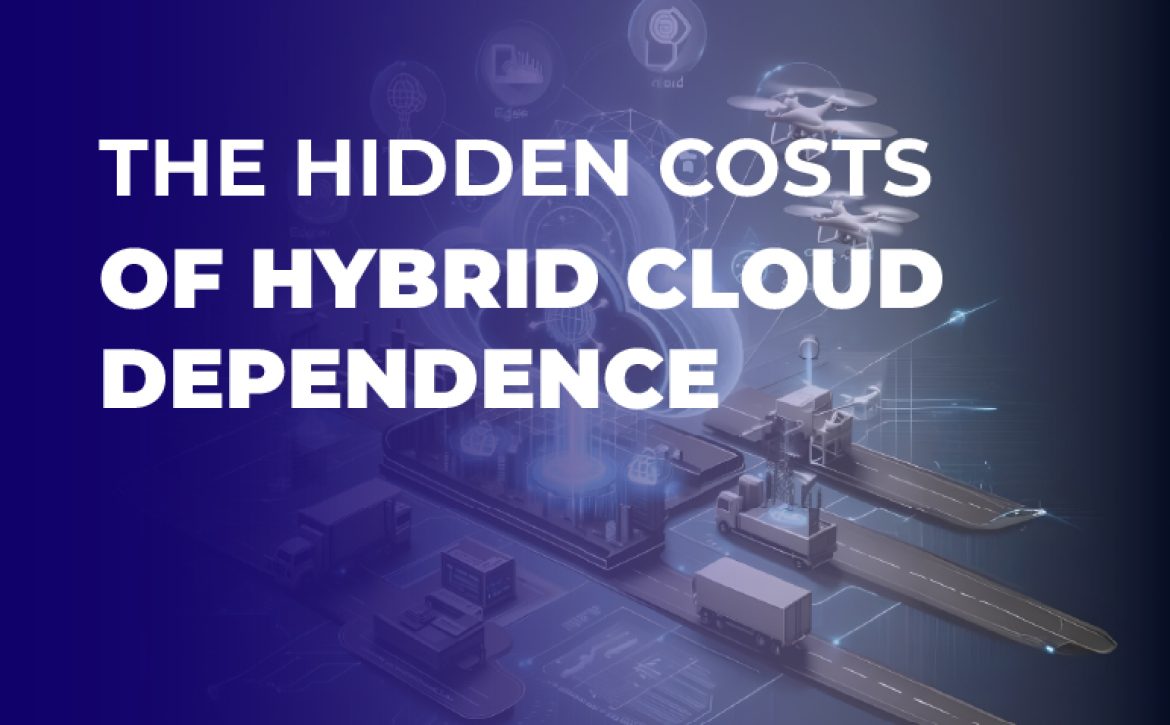


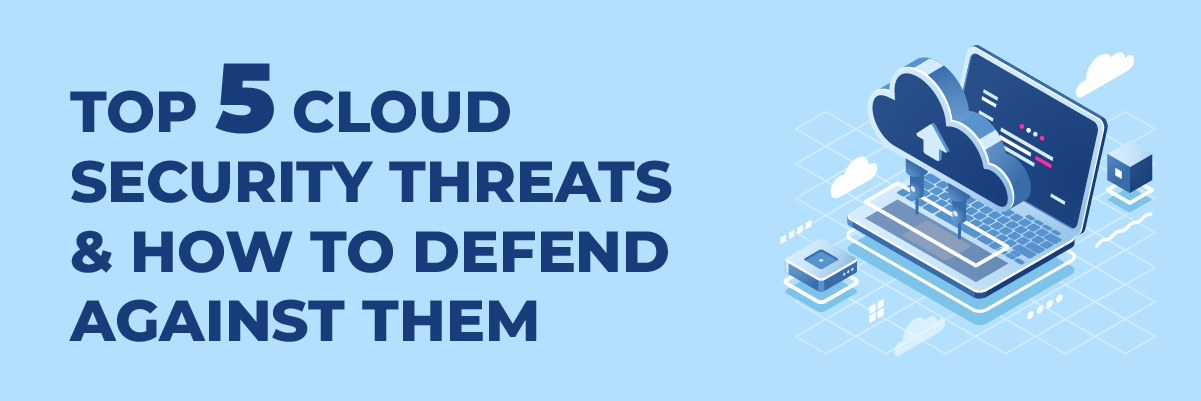
 4. Compromised Encryption Keys
4. Compromised Encryption Keys
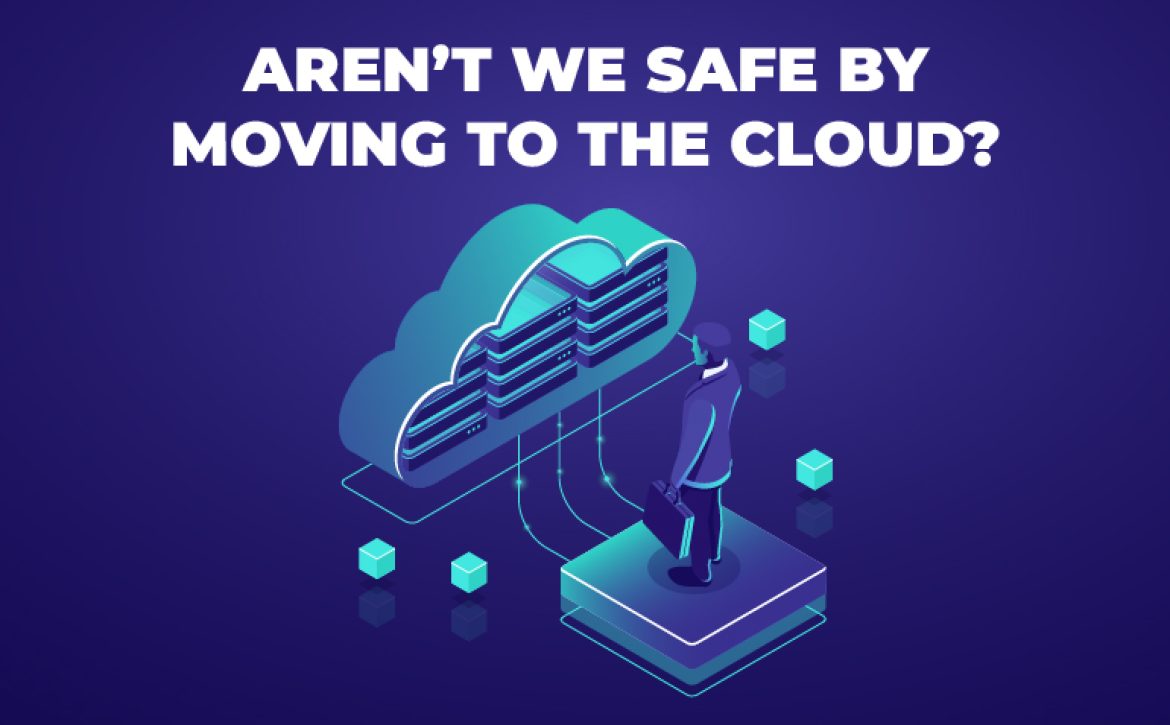
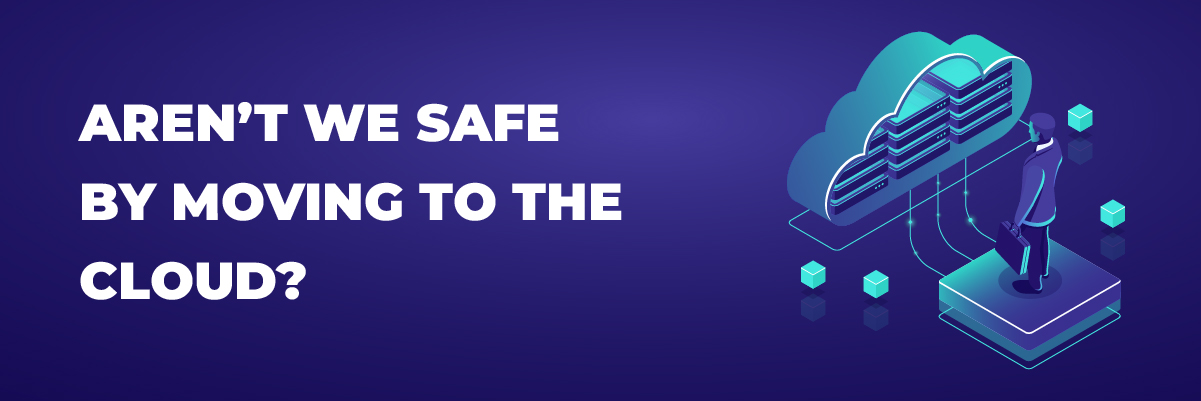



 5. Design the Architecture
5. Design the Architecture
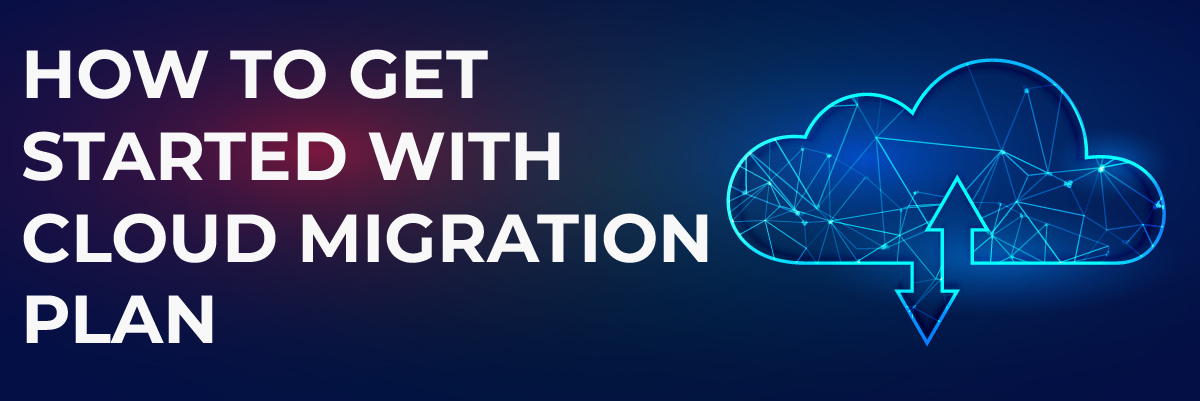


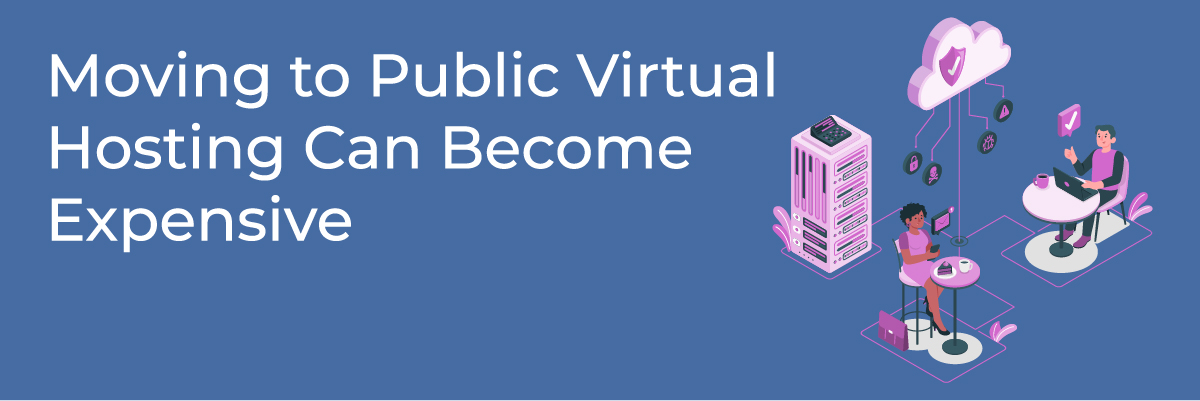
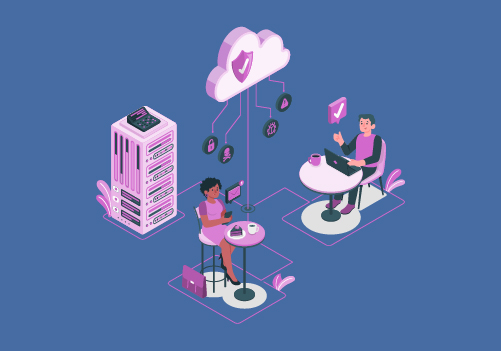
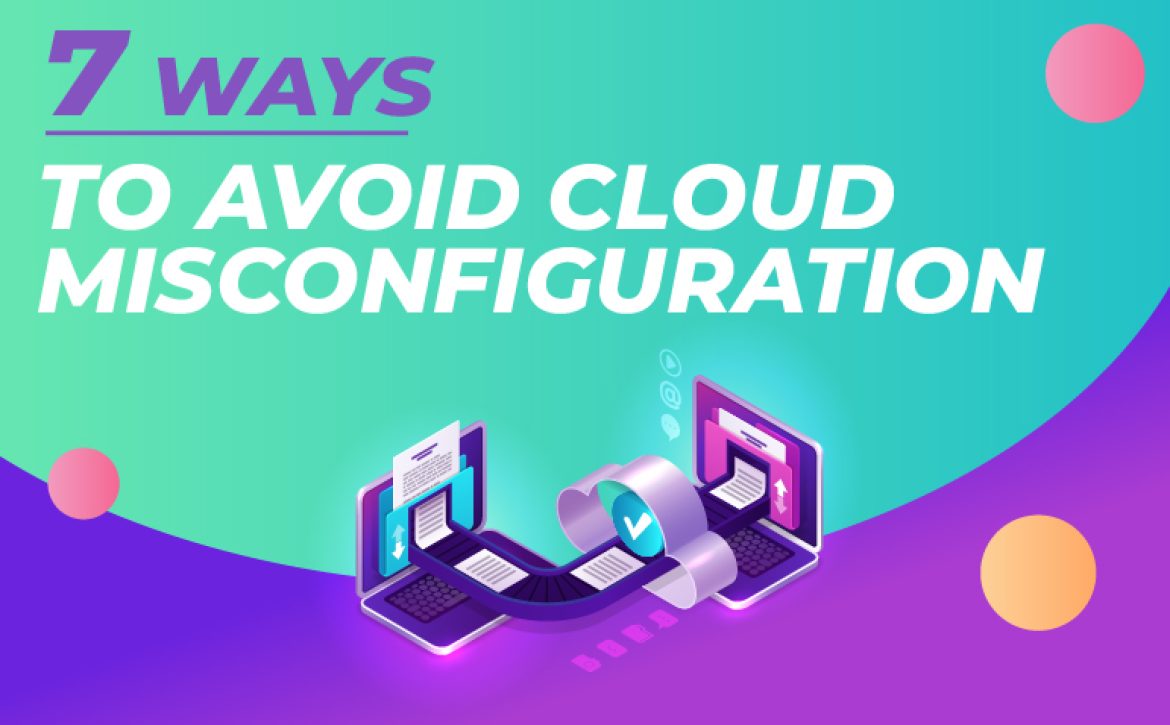
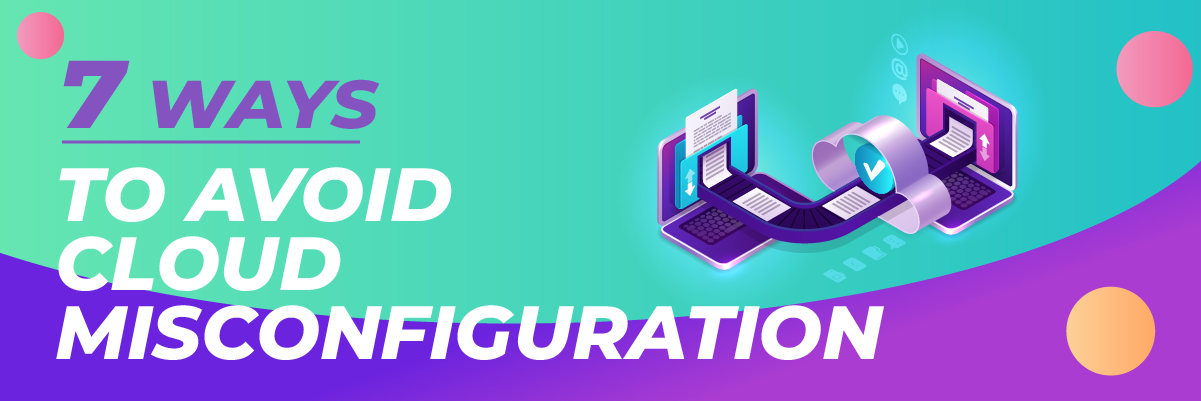
 How to Avoid Cloud Misconfiguration?
How to Avoid Cloud Misconfiguration?





 Most Common Exposure Points for Cloud-based Applications
Most Common Exposure Points for Cloud-based Applications